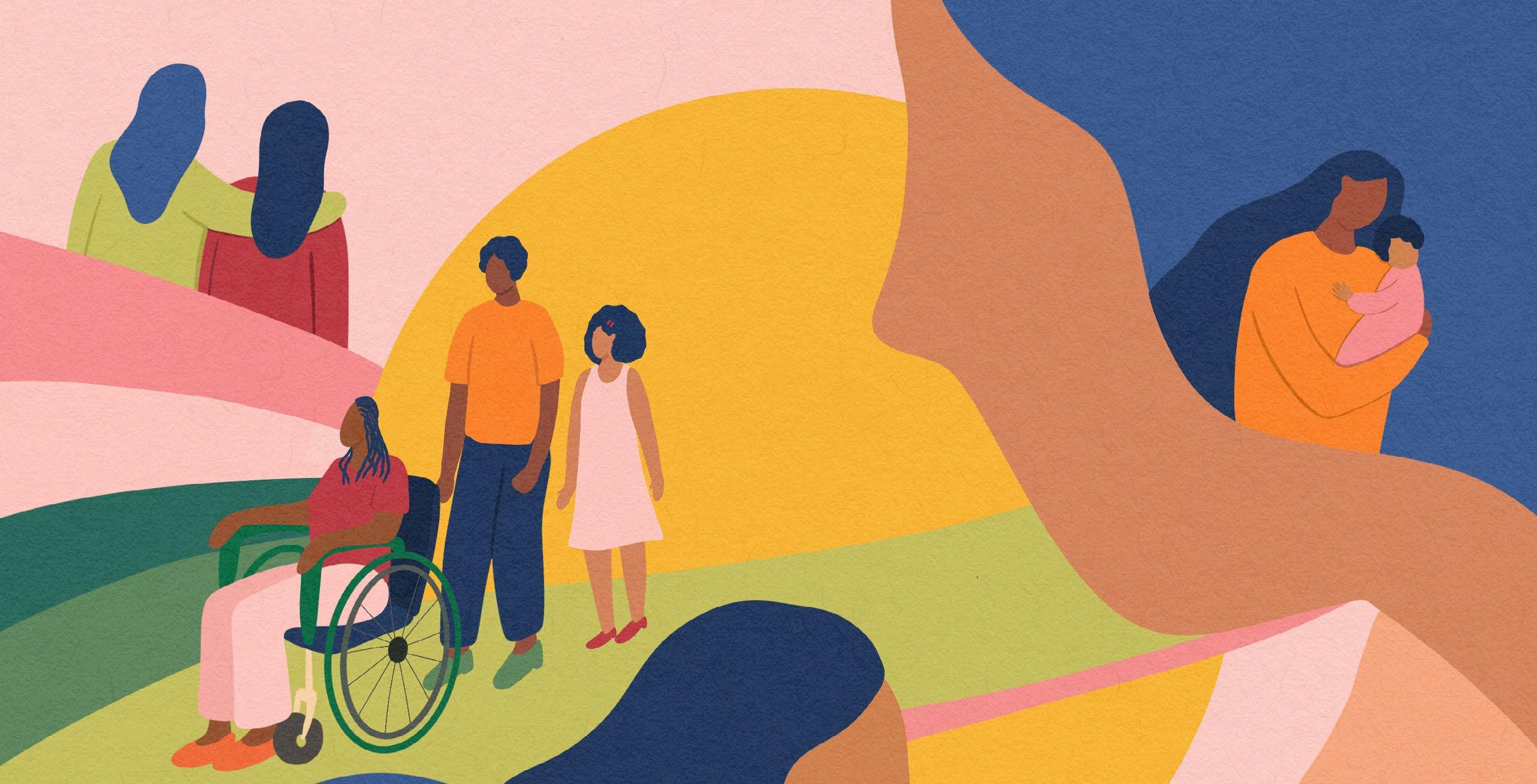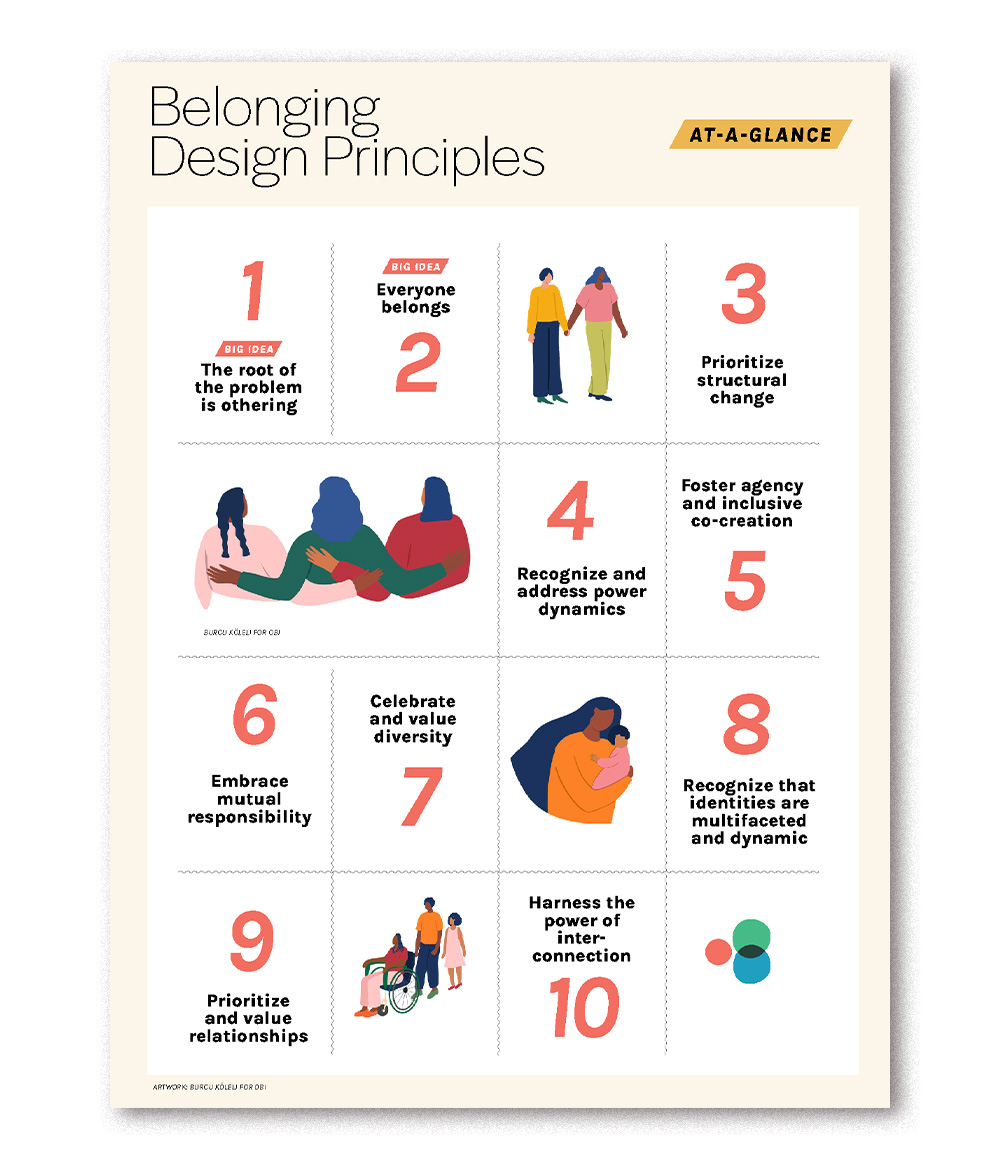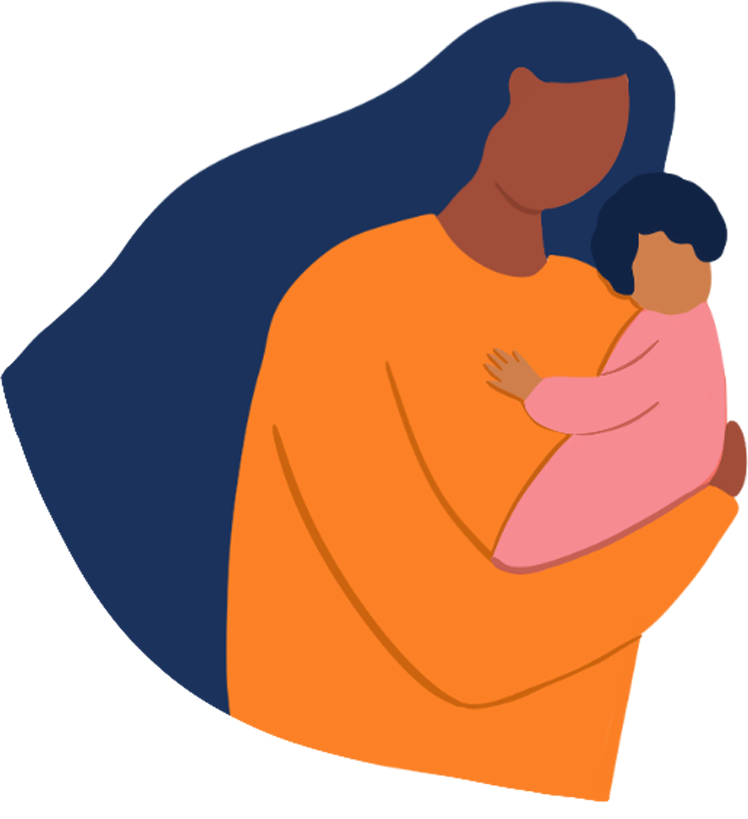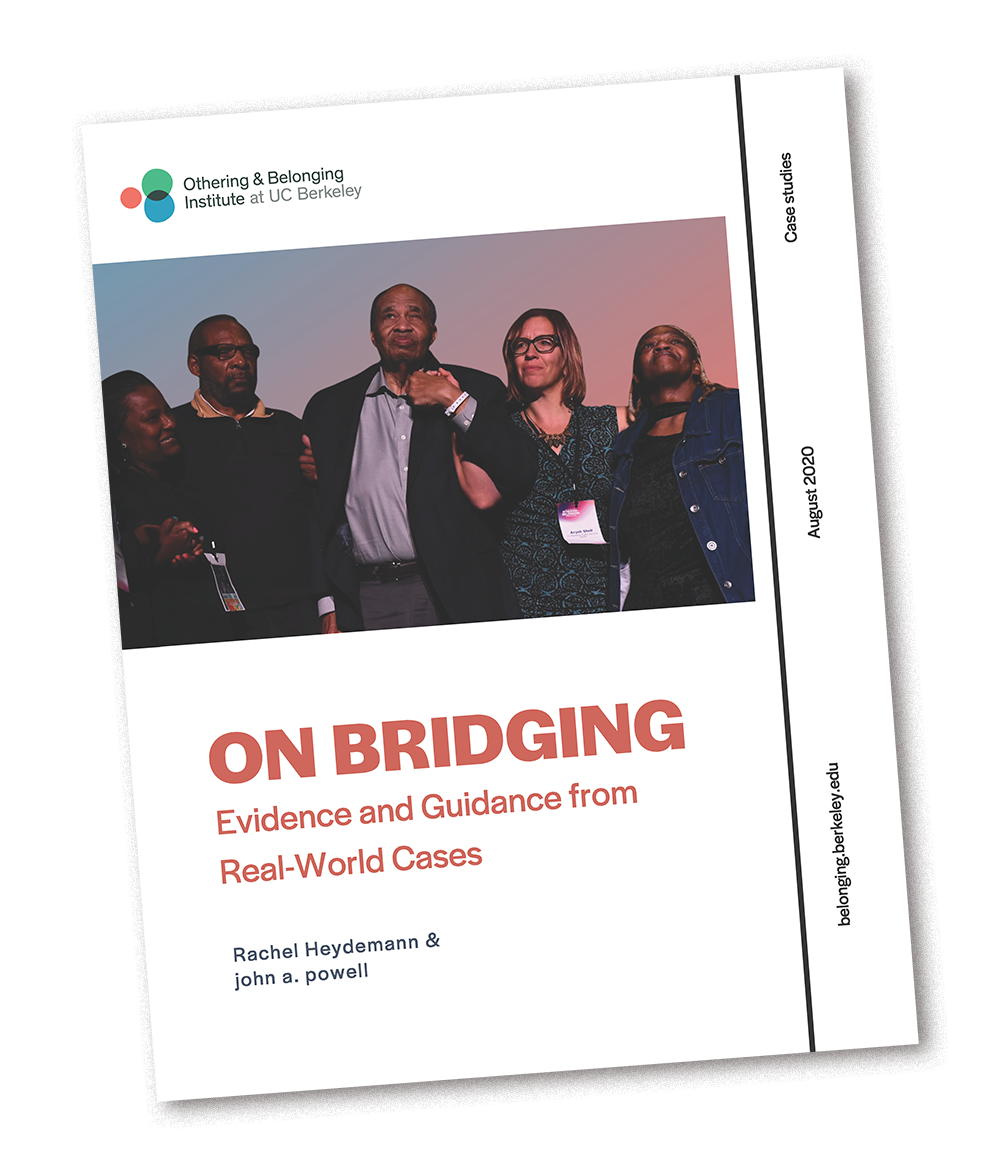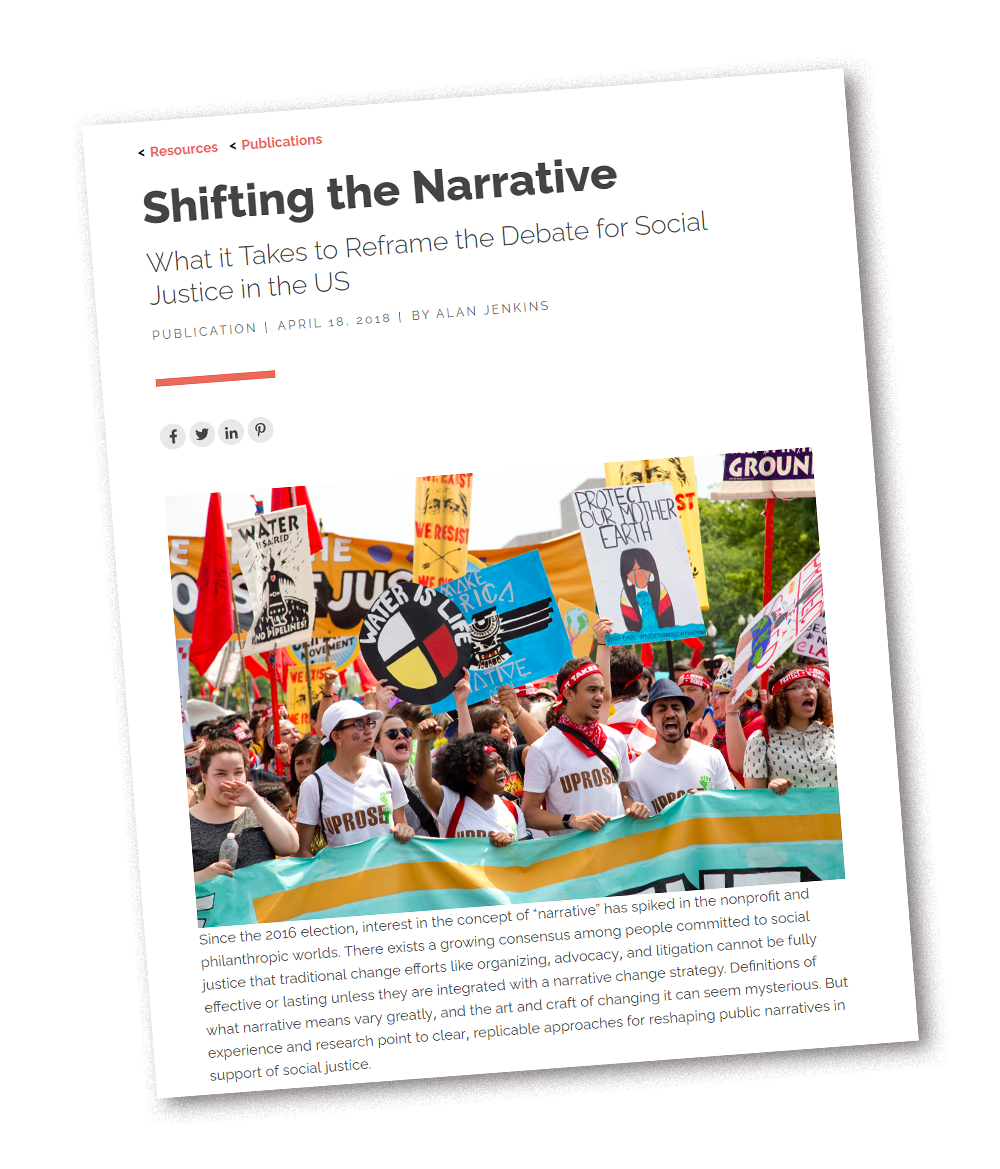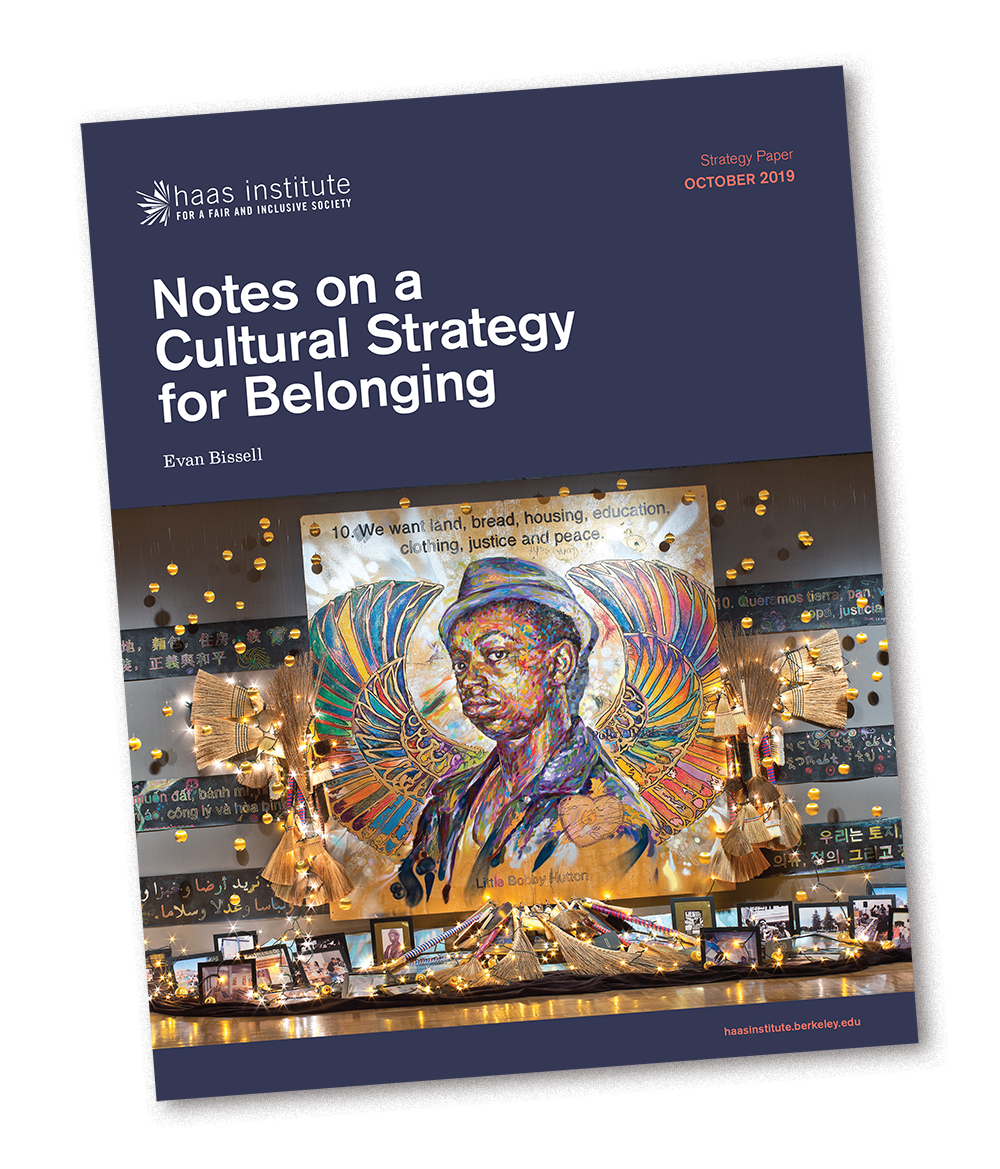Design Principles for Building Belonging
Across our planet, people are looking for effective ways to build just, equitable, and inclusive institutions that serve and support everyone. Even more challenging, we’re looking for ways to do so without fueling the growing fragmentation that is separating us from each other and our sense of humanity.
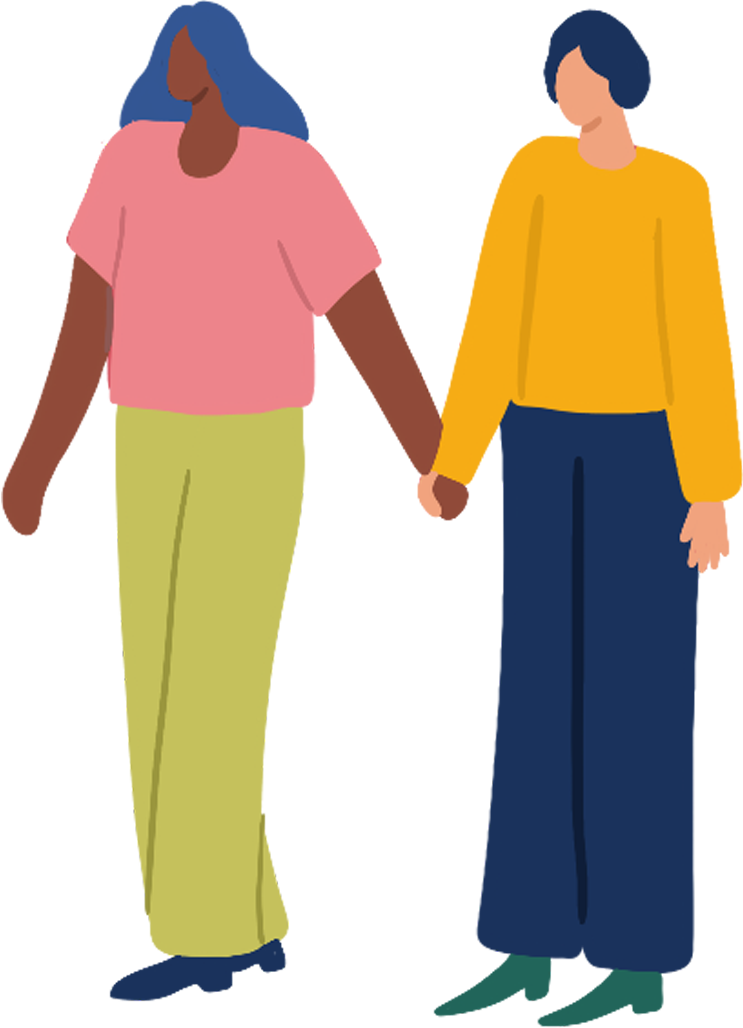
The distinct belonging framework developed by the Othering & Belonging Institute (OBI) includes a set of principles and practices that can root out structural inequality and exclusion of all kinds while helping us turn toward, rather than against, each other. Beyond a call for inclusion into pre-existing structures built to serve only some of us, belonging asks each of us to commit to co-creating new structures built for everyone.
This is no small task. But we believe that belonging is a rich, multi-pronged concept that is up to the challenge, in part, because it is emergent and evolving. It is not limited to being just a feeling, or a slogan, or a quick “to-do.” Its robustness comes from its roots in a range of fields including sociology, neuroscience, psychology, law, and political science, but it draws equally from the wisdom and experiences of community-builders, artists, and storytellers.
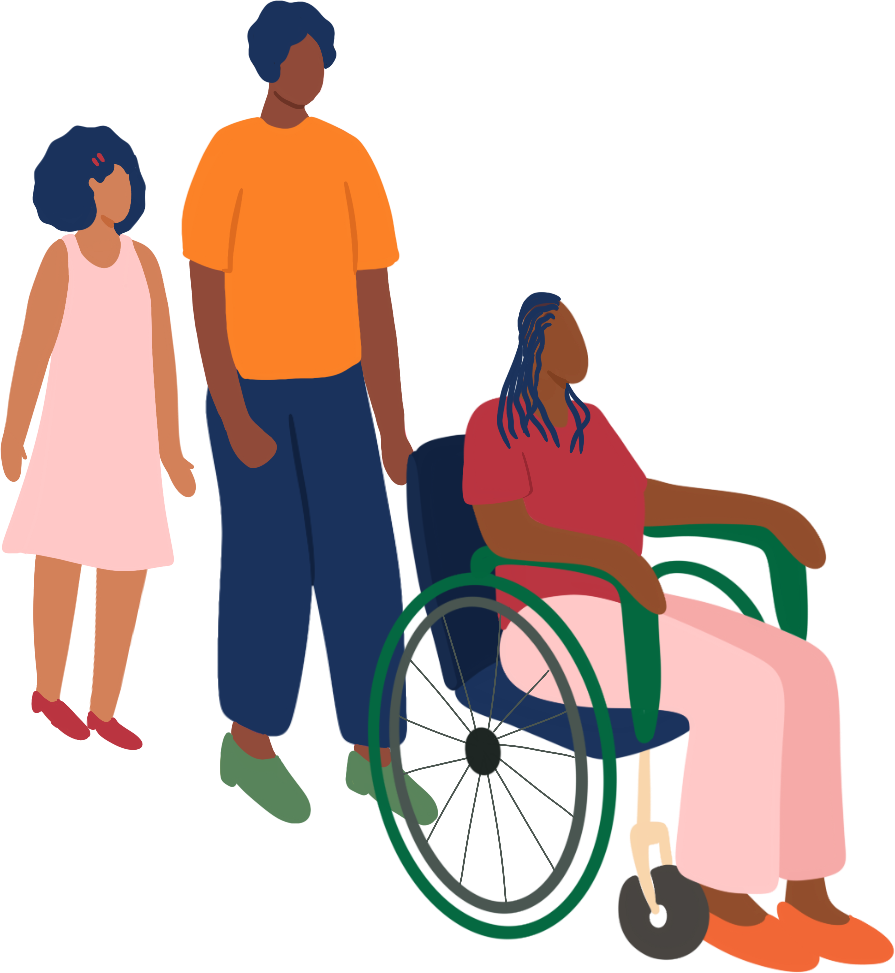
Belonging is powerful because it works as an aspirational north star that helps us declare the kind of world and communities we want to live in—vibrant and interconnected healthy ones in which everyone holds the agency, responsibility, and power to co-create the structures that serve the good of the whole.
While the term belonging is used to mean many things, here at OBI we think of belonging as the antidote to othering—the denial of a person or group’s humanity based on their identity, and the process of generating structural inequality found at every level of society (read more in The Problem of Othering). We also emphasize the role that structures play in either building or prohibiting belonging.
We developed this model of belonging because we know that if we continue to divide into smaller we’s, and prevent each other from fully contributing to the whole because of differences like religion or race, we simply will not survive as a species. Put simply—differences of all kinds should be celebrated, not turned into fictitious stories that sort people into hierarchies of value.

While we’ve done our best to create a set of principles that can work anywhere, we recognize that context and culture matter deeply. So whether you’re in Kansas City or Kyoto, Jacksonville or Johannesburg, or Boston or Buenos Aires, we invite you to be in conversation with these principles and to explore how you might adapt them for your part of the world. We look forward to learning how you made them work for you, and how your adaptations can help make them work for everyone.
If you’re ready to create a more just, impactful, and joyous school, workplace, or society, then join us on this journey of becoming a belonging-builder. 1
Belonging Design Principles at-a-glance
- The root of the problem is othering
- Everyone belongs
- Prioritize structural change
- Recognize and address power dynamics
- Foster agency and inclusive co-creation
- Embrace mutual responsibility
- Celebrate and value diversity
- Recognize that identities are multifaceted and dynamic
- Prioritize and value relationships
- . Harness the power of interconnection
Belonging Design Principles
Though the types of groups that are marginalized may be different in every culture and setting, we can identify a similar set of processes that gives some groups more access to goods, authority, opportunities, and rights than others. These hierarchies of value are presented as natural, usually through collective narratives, but are manufactured by those who have something to gain from division and treating others as less than equal. They also do the most harm when they become self-sustaining parts of structures, continuing to fuel inequity long after individuals cease holding bigoted attitudes. The solution to othering is not more othering. Nor is it what we call “same-ing,” in which we erase our diversity and claim we’re all the same. The solution is belonging.2
While many liberation efforts end up replacing one othered group with another, thus continuing the cycle of othering, our definition of belonging is radical because it includes everyone. A place of belonging is not one in which certain “in groups” are welcome, and “out groups” are not. This may be a big ask for some, but it is critical to embrace universal positive regard for all members of a community whose belonging is not contingent but a given. The universal right to belong should also not be confused with the right to harm or dominate others.
While the work of building belonging includes interpersonal work, it must always involve transforming structures. That is because structures most often do the work of exclusion, regardless of the attitudes or identities of the people whose job it is to uphold them. Put another way, places of belonging go tough on structures and soft on people.
Power and power imbalances are woven into everything including the distribution of work, program design, collective histories, relationships, and much more. Effective belonging initiatives are transparent about how power is distributed and how that distribution may need to change to create belonging. They also provide spaces for acknowledgment and repair of historical or present-day harms with the goal of advancing forward together.
Individuals must be able to contribute to an initiative on belonging. This means they must have ways to express agency without elevating one person’s needs above the needs of the collective. The work must include mechanisms for making sure people are heard, and how or when spaces or projects can be co-created, and to what extent.
Belonging requires some form of co-creation, which means everyone has some responsibility for creating the whole. This includes being self-aware of behaviors, responses, and contributions to inclusive structure-building outside of specific work projects. All people hold responsibility for learning and growing together.
Universal belonging does not mean everyone is or must be the same. We each have different histories, communities, needs, and ways of showing up in the world. Research shows that diversity leads to greater problem solving and creativity—we are better when we are diverse. Belonging means that all of these differences are valued and respected, and that different groups, based often on deep histories of exclusion, may need different kinds of support to create an equitable place of belonging.
No one is just one thing. We each carry multiple interests, identities, and relationships to power. This means flattening others into a singular identity is a way of reducing them. But it also means we can always find commonalities with each other because no identity is singular. Identities are fluid, complex and continuously evolving; they are not static or rigid. Belonging invites us into curiosity and connection across varying identities with respect and appreciation.
Because we are interconnected, relationships are central to our transformation into places of belonging. Tough moments or conflicts are inevitable, and we can move through them when we are rooted in relationships. In places of belonging, we exercise our bridging muscles, which means we get practice at moving towards each other with curiosity and a willingness to be transformed, rather than away from each other.
No one is an island. Even if the impact is not immediately observable, our actions and choices impact others and can change the dynamics of a team, a structure, even the planet. This principle of interconnection helps us understand the tremendous power individuals have to enhance or diminish the world around them. Because we are wired for and exist in relationships, both our problems and the solutions are also based on relationships.
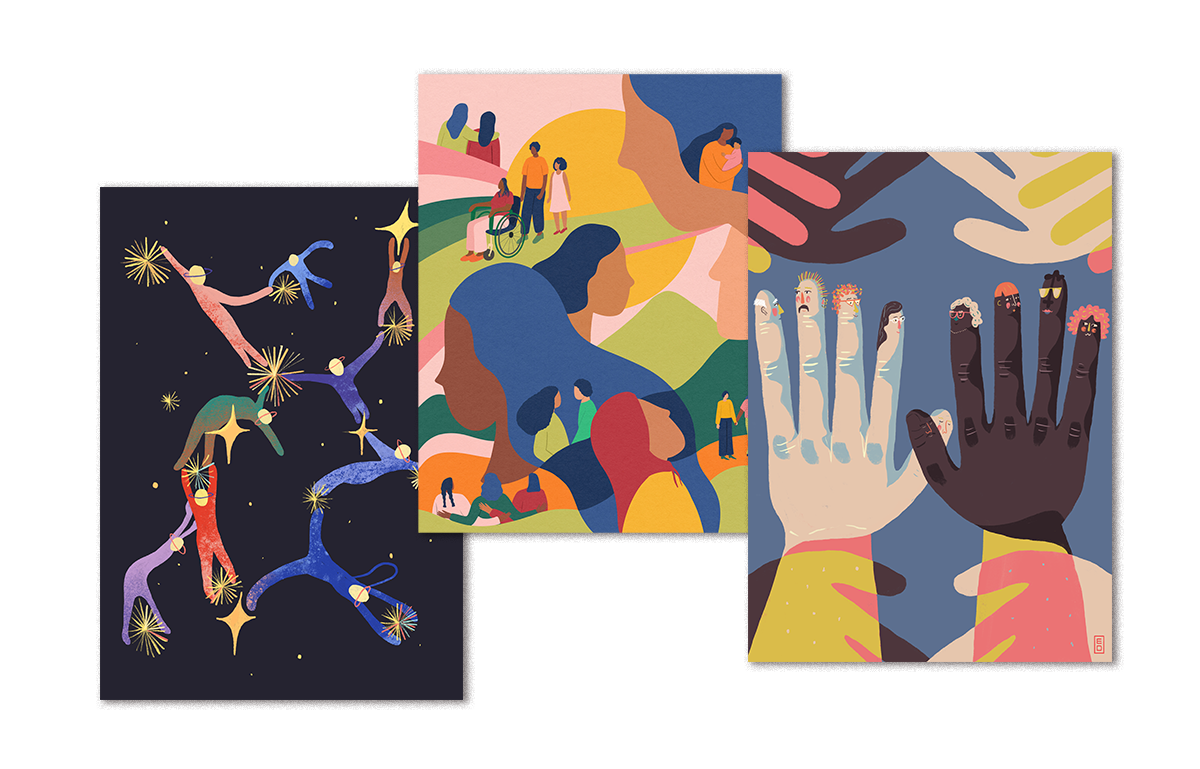
From left to right, illustrations are by Ana Lopes, Burcu Köleli, and Ed Dingli respectively
Belonging Practice Tools
There are countless tools and practices that belonging-builders use, but we think everyone working to build places of belonging should focus on the following ones. Bridging is a set of proactive practices, understandings about power and interconnection, and communication “muscles” that should become part of any organizational culture. Targeted Universalism allows teams to use careful measurements to create actionable equity strategies while reaffirming universal positive regard for all members of a community. The Narratives we tell as leaders are powerful tools that can connect us to each other or can fuel breaking. And finally, Arts and Culture is an essential part of building any place of belonging that should not be treated as an afterthought.
Bridging
The essential practice of relational belonging
Bridging is both an intention and a technique that helps strengthen relationships across differences so we can transform structures that exclude some groups over others. It is applicable in personal interactions as well as within organizations. In the context of fostering belonging, we have found it particularly useful in helping different groups collaborate towards a common goal. Cultivating a bridging culture is not always easy—some people have been bridgers all their life, while others may find it uncomfortable, like using muscles they never knew they had. However, fostering a bridging practice can change a culture steeped in shame, isolation, and judgement into one infused with curiosity, transformation, celebration, and care.
Targeted Universalism
A fresh approach to policymaking
Targeted Universalism3 (TU) is a practical tool for creating equitable rules and policies for all people, and an essential part of any belonging effort. Also referred to as Equity 2.0, TU establishes a universal goal, while acknowledging the need for different, tailored approaches for different groups. Because TU recognizes our shared aspirations, while appreciating diverse paths, it can help build support for the adoption of equitable interventions.
Narratives
New stories that reflect our multitudes
Social psychology suggests you can’t have a self until you have a story about yourself. That’s why people universally rely on narratives—whether they be individual, family, religious, political, national, or other—to literally find our place in the world. But power and narrative cannot be separated. Any place of belonging must look carefully at the stories of identity that have been repeated so frequently that they seem to be natural. The story everyone has traditionally told about “who we are” may actually create a sense of exclusion for some people.
Belonging leaders are deeply aware of the stories that have been repeated over the years, and they consciously tell new, expansive narratives that actively welcome all members of a community and avoid “breaking” or dehumanizing select groups. Belonging narratives, built through stories and symbols, make the case for being a radically inclusive community. They are particularly powerful when they serve as a scaffolding for practices, programs, and institutions—like policing, healthcare or education—that have deep material impact on countless lives.
Arts & Culture
Integrating essential meaning-making
Infused throughout belonging work is culture and cultural strategy. We use the integration of culture (values, norms, practices, ways of relating, symbols and lived experience) into all types of belonging efforts to make them more meaningful, influential, joyous and whole. Arts and culture are often the vehicles for the stories, beliefs, spirit and practices around which people organize their lives. That’s what makes culture a true center of power for any changes you want to see in the world.
But there is more. The arts provide unique methods of inquiry, connection, reflection, and somatic experience. The arts raise new ways to look at familiar things, asking us to use different parts of our human technologies to express, share, and understand. If we are asked to communicate belonging through a sound, a drawing, and a movement, we will do so in ways that reveal different dimensions. In our attempts to try on these new ways of communicating, we often surprise ourselves and each other with new discoveries.

- 1 Artwork for publication cover, website banner, and across this page are by Burcu Köleli. Other artwork is by Ana Lopes and Ed Dingli. All artwork in this publication was commissioned as part of “Bridging & Belonging,” a creative collaboration between Fine Acts and OBI’s Democracy & Belonging Forum and published under Creative Commons-Attribution-NonCommercial-ShareAlike 4.0 International (CC-BY-NC-SA). fineacts.co/belonging.
- 2 The design principles labeled BIG IDEA are foundational principles—ones we consider necessary for all the others to fall into place.
- 3 TU was created by OBI director john a. powell and developed through research, writings, and trainings with Stephen Menendian and Wendy Ake.
